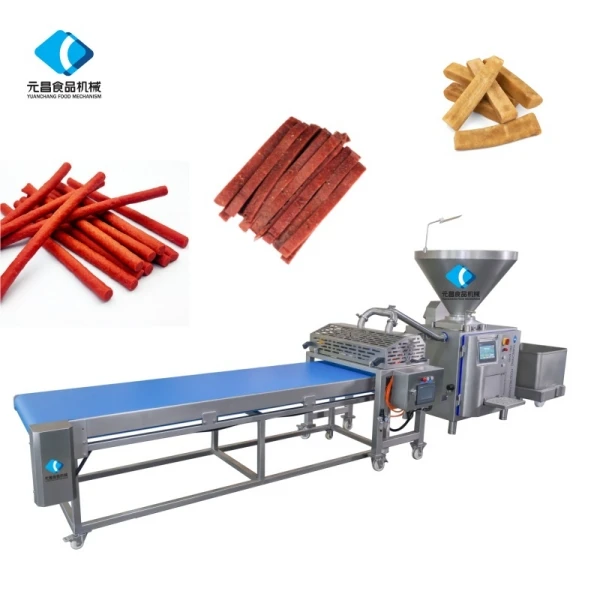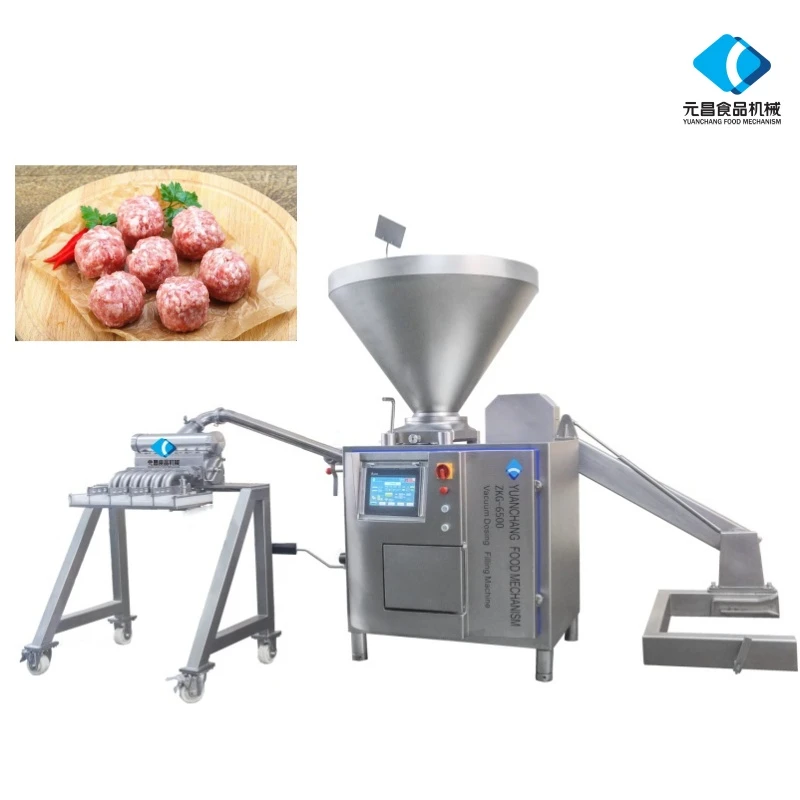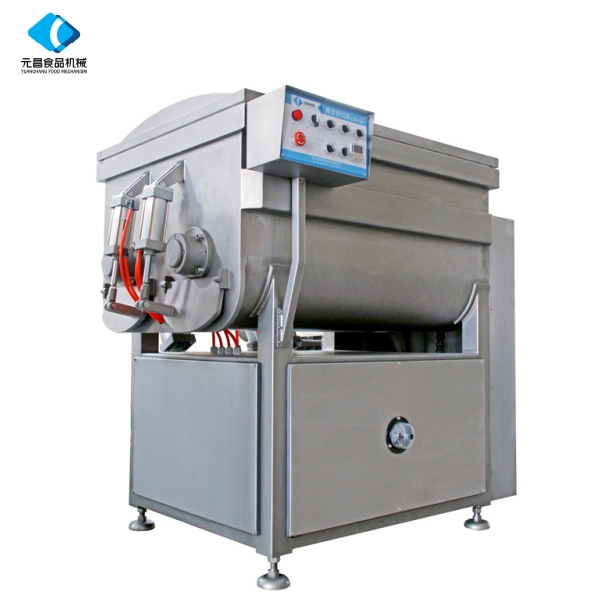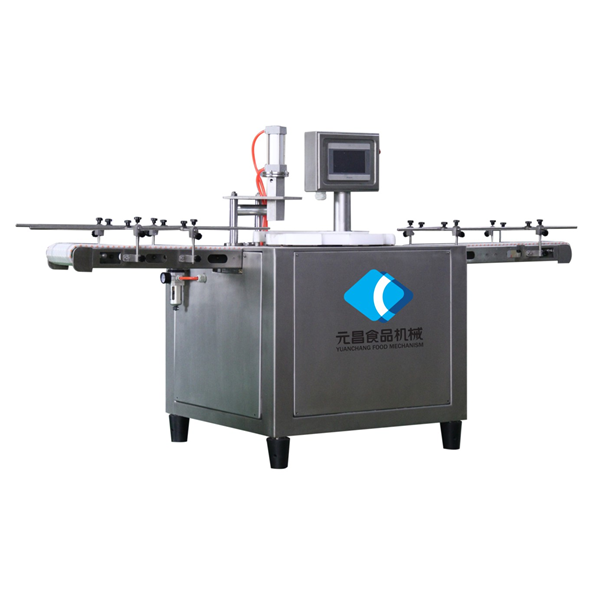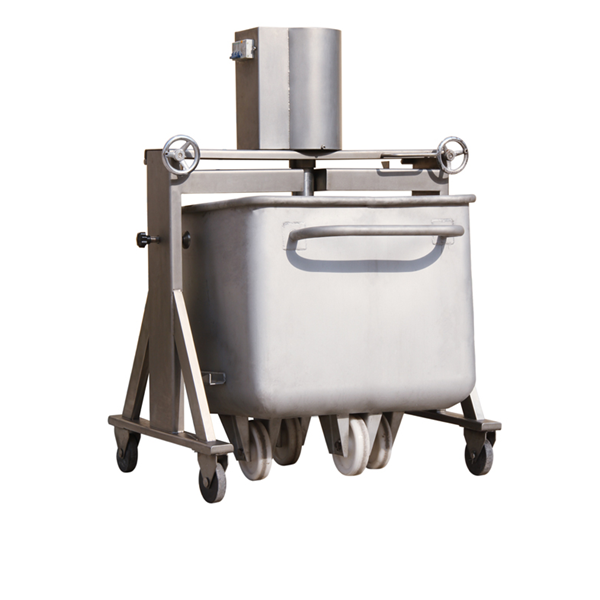- Afrikaans
- Albanian
- Amharic
- Arabic
- Armenian
- Azerbaijani
- Basque
- Belarusian
- Bengali
- Bosnian
- Bulgarian
- Catalan
- Cebuano
- chinese_simplified
- chinese_traditional
- Corsican
- Croatian
- Czech
- Danish
- Dutch
- English
- Esperanto
- Estonian
- Finnish
- French
- Frisian
- Galician
- Georgian
- German
- Greek
- Gujarati
- haitian_creole
- hausa
- hawaiian
- Hebrew
- Hindi
- Miao
- Hungarian
- Icelandic
- igbo
- Indonesian
- irish
- Italian
- Japanese
- Javanese
- Kannada
- kazakh
- Khmer
- Rwandese
- Korean
- Kurdish
- Kyrgyz
- Lao
- Latin
- Latvian
- Lithuanian
- Luxembourgish
- Macedonian
- Malgashi
- Malay
- Malayalam
- Maltese
- Maori
- Marathi
- Mongolian
- Myanmar
- Nepali
- Norwegian
- Norwegian
- Occitan
- Pashto
- Persian
- Polish
- Portuguese
- Punjabi
- Romanian
- Russian
- Samoan
- scottish-gaelic
- Serbian
- Sesotho
- Shona
- Sindhi
- Sinhala
- Slovak
- Slovenian
- Somali
- Spanish
- Sundanese
- Swahili
- Swedish
- Tagalog
- Tajik
- Tamil
- Tatar
- Telugu
- Thai
- Turkish
- Turkmen
- Ukrainian
- Urdu
- Uighur
- Uzbek
- Vietnamese
- Welsh
- Bantu
- Yiddish
- Yoruba
- Zulu
Sanitary Meat Conveyors - Hygienic, Washdown, High-Speed
Inside Modern Meat Conveyors: What’s Changing on the Plant Floor
If you’ve walked a protein plant lately, you know the unsung heroes are the meat conveyors. To be honest, I’ve seen lines where a smart conveyor rework saved more downtime than a new slicer. And yes, integration with brine injectors, tumblers, and chill tunnels is where the real magic happens.
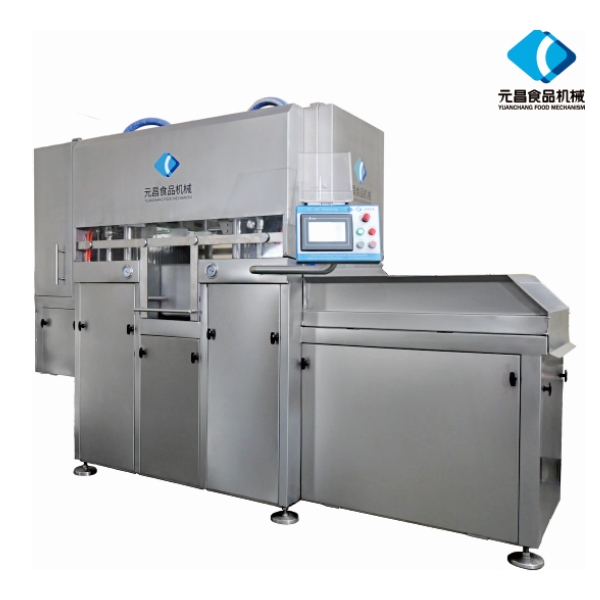
Industry trends (quick, real, and a bit messy)
What’s hot? Open-frame hygienic designs, IP69K motors, blue PU or modular plastic belts, and data-driven monitoring. Actually, the big push is for faster washdowns and less water. I guess that’s not surprising given labor constraints. Plants want meat conveyors that de-bottle-neck injection and chilling—no pooling, fewer pinch points, better drainage.

Process flow and where conveyors really earn their keep
From raw receiving → trimming → injection → tumbling → forming/cooking → chilling → packing, meat conveyors bridge every step. Materials matter: 304/316L stainless frames, UHMW-PE wear strips, FDA-compliant belts, and tool-less tensioners. Hygienic features? Open profiles, sloped surfaces, drip pans, quick-release belt lifters, and CIP options. Many customers say they cut washdown time by around 20% with these upgrades.
Integration note: YC Mechanism’s Saline Injector (ZSI-72/180/360) out of Shijiazhuang, Hebei, China, runs constant needle linear velocity for consistent brine distribution—so conveyors feeding and exiting the injector can be indexed to match pressure, injection depth, and product height. No fiddly mechanical changeovers, which is a relief on night shift.
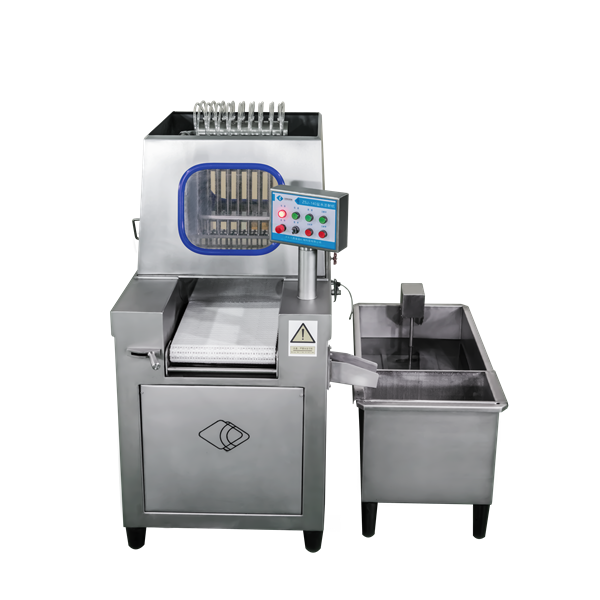
Example specs (real-world may vary)
| Model | HC-65 Hygienic Belt Conveyor |
| Belt width | 650 mm (other widths 400–1000 mm) |
| Speed range | 0.2–1.0 m/s, VFD, indexing ±1 mm |
| Frame / fasteners | 316L/304 SS, welds ground; tool-less guards |
| Belt material | Blue PU or modular PP/PE (FDA 21 CFR compliant) |
| Motor/gearbox | IP69K washdown, stainless; noise ≈73 dBA |
| Testing | Salt spray ASTM B117 500 h; ATP swab post-CIP <10 CFU/cm² |
| Service life | Belts ≈18–36 months; bearings ≈3–5 years (usage dependent) |
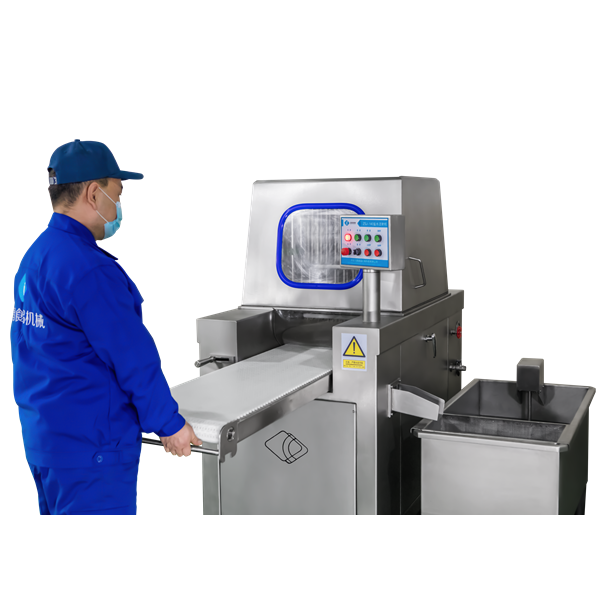
Vendor comparison (indicative, from plant feedback)
| Vendor | Strengths | Lead time | Certs |
|---|---|---|---|
| YC Mechanism (line integration, Hebei) | Tight injector–conveyor sync; quick changeovers | ≈6–10 weeks | CE, materials per FDA 21 CFR |
| EU Hygienic OEM | EHEDG-forward designs; IP69K everything | ≈10–16 weeks | CE, EHEDG, 3-A options |
| US Modular Specialist | Rapid spares; robust modular belts | ≈4–8 weeks | UL, CE (select), USDA accepted |
Customization, applications, and what operators actually ask for
- Indexing conveyors feeding saline injection; photoeyes and servo sync.
- Incline with flights; anti-drip pans under meat conveyors exiting injectors.
- Tool-less side guides, belt lifters, and removable sprockets for faster sanitation.
- Antimicrobial belts; blue contrast for visual debris checks in poultry, pork, seafood, and alt-protein.
Testing standards to look for: ISO 14159 hygienic machinery design, 3-A/SSI practices, and materials compliant with FDA 21 CFR. Some plants also align with BRCGS and EHEDG guidelines. I’ve seen swab counts consistently under 10 CFU/cm² after CIP on well-kept meat conveyors, which is solid.
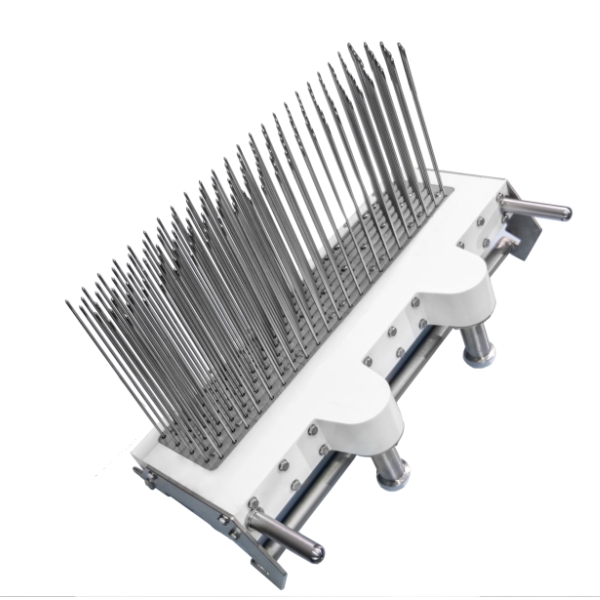
Two quick case notes
Poultry midsize plant: Retrofitted injector infeed with open-frame meat conveyors, added brine catchment and VFD syncing. Yield variance dropped ≈0.6%, unplanned stops down 18%.
Ham line (chilled room): Swapped to blue PU belt with tool-less lift. Washdowns ≈22% faster; operators said “10 minutes to strip and clean, not 40,” which, frankly, keeps overtime in check.
Final thought
You don’t buy meat conveyors for fun—you buy throughput, hygiene, and uptime. Pair them smartly with consistent injectors like YC’s ZSI series and the line just… flows better. Not perfect, but better enough to notice on yield reports.
References
- ISO 14159: Safety of machinery — Hygiene requirements for the design of machinery.
- FDA 21 CFR 177 (food-contact polymers) and 178 (indirect additives) — Materials compliance for belts and plastics.
- EHEDG Guidelines for Hygienic Design (Doc series) and 3-A Sanitary Standards — Open-frame, cleanability practices.
-
Filling Flow Divider - Precision, Hygienic Multiline DosingNewsNov.18,2025
-
Hopper Trolley: Heavy-Duty, Ergonomic, Easy DischargeNewsNov.18,2025
-
Frozen Meat Slicer for Ultra-Thin, Precise, Safe CutsNewsNov.17,2025
-
Smoke House Machine | Precise, Energy-Efficient, HACCP-ReadyNewsNov.17,2025
-
Smoke House Machine: Uniform, Energy-Efficient SmokingNewsNov.11,2025
-
Meat Filling Machine - Stainless, Precise, High OutputNewsNov.11,2025





